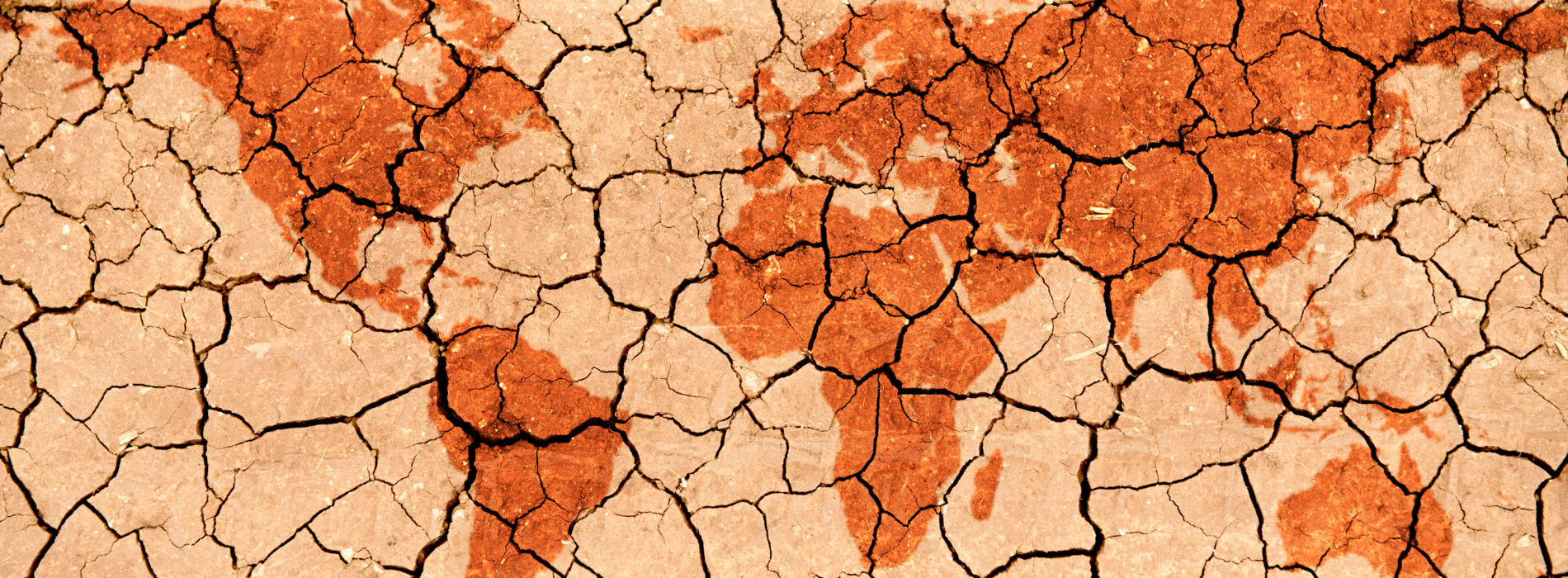The desertification myth?
Dryland Subtypes and Non-dryland Types Based on the Aridity Index (AI)
Hyper-arid zones (AI < 0.03) are characterised by a nomadic pastoralism that is authentic and highly practiced. Precipitation – from 10 to 50 mm/year – is insufficient for agriculture except in natural or artificial environment. Interannual variability exceeds 40%. These zones cover the heart of the largest continental deserts (Central Sahara, Central Arabia) and coastal deserts of Peru/Chile and Namibia.
Arid zones (AI 0.03 to 0.20) are characterised by pastoralism and lack of agriculture except with irrigation. Native vegetation is generally rare, consisting of annual and perennial grasses and other herbaceous plants, as well as small, narrow-leaved or thorny trees. Precipitation – from 50 to 100 mm/year – is insufficient for agriculture. Interannual variability is between 30[ and 40%. The rains are limited to a few months a year. These zones cover the centres of continental deserts and the periphery of the most extensive continental deserts.
The semi-arid or Sahelian zones (AI 0.20 to 0.50) can support rainfed agriculture with more or less regular production levels. Sedentary breeding may sometimes occur. Native vegetation is represented by various species, such as grasses and grass-like plants, graminiform plants, steppes and small bushes, and shrubs and trees. Precipitation varies from 150 to 500 mm/year. Rainfed agriculture is possible but remains uncertain. The interannual variability oscillates between 30% and 40%.
The vegetation of dry or Sahelian-Sudanian subhumid zones (AI 0.50 to 0.65) is represented by deciduous trees, shrubs or highland savannahs with broadleaf leaves and deciduous forests. Precipitation varies from 500 to 800 mm spread over a rainy season of 6 months. Interannual variability is less than or equal to 20%.
Humid zones (AI ≥ 0.65) represent 42% of the total planet.
Cold areas cover 20,4% of the total planet. Their potential average evapotranspiration (PET) is less than 400 mm.
Research Office, The Graduate Institute, Geneva. Based on FAO.org.



